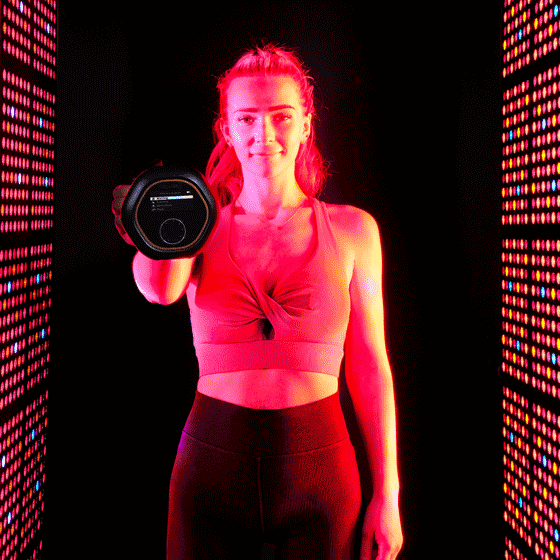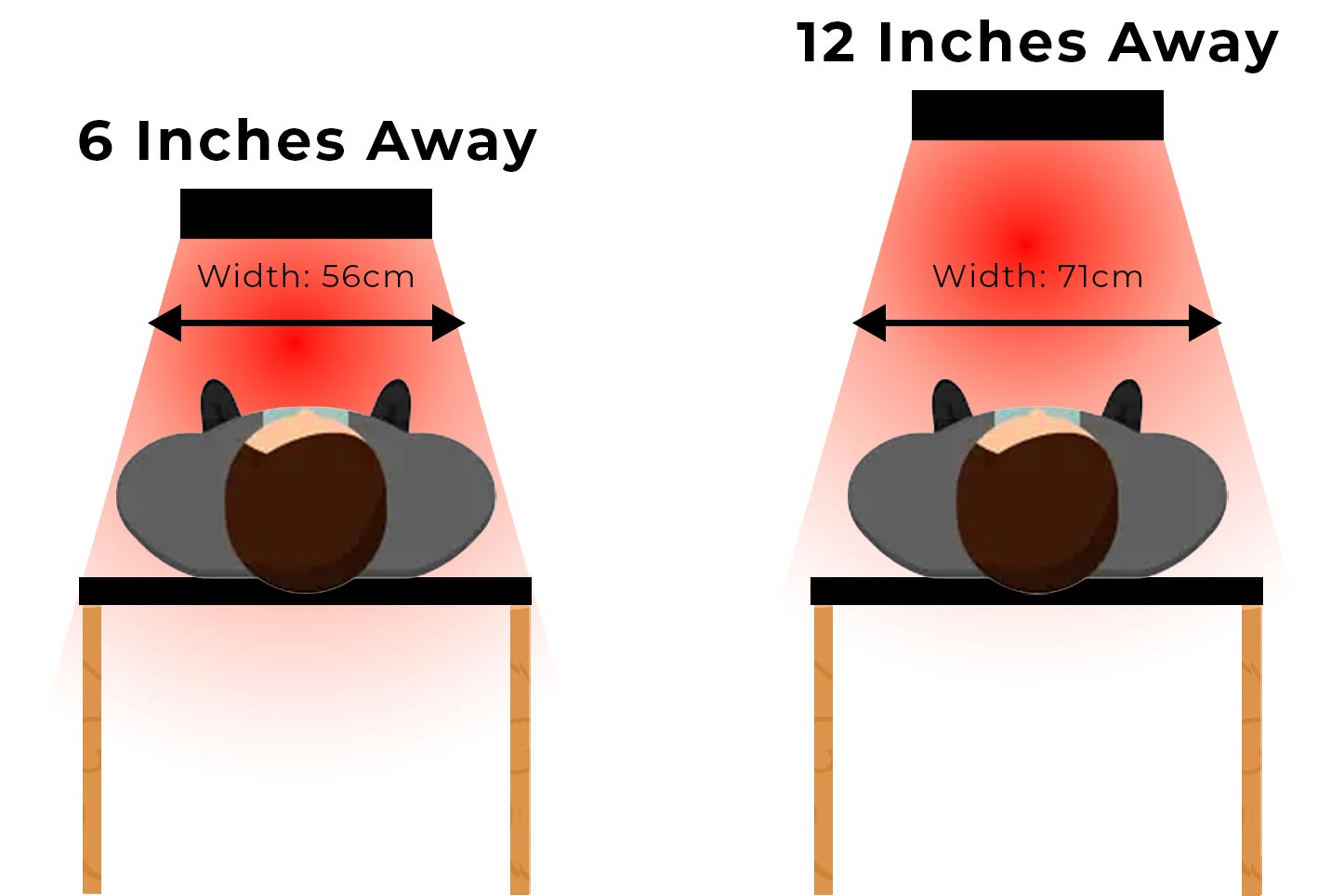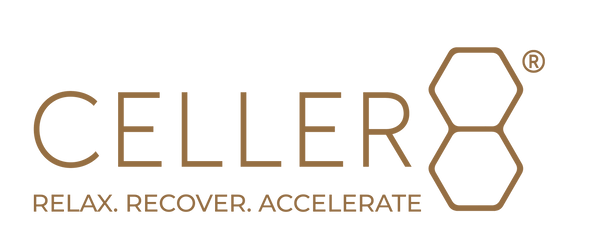Red light therapy (RLT), delivered through LEDs, has become one of the most widely studied and safest non-invasive treatments in dermatology. Unlike lasers, LEDs are gentler, cheaper, and can cover larger areas without damaging the skin. Their effects come from photobiomodulation, where light at specific wavelengths interacts with cellular energy systems, influencing processes like ATP production, oxidative stress, collagen synthesis, and inflammation.
Because different wavelengths penetrate the skin to different depths, RLT can be applied to a wide range of conditions. Red light (630–700 nm) is able to reach the dermis, stimulating fibroblasts to boost collagen production, improving skin texture, elasticity, and reducing fine lines. Blue light (400–470 nm) remains closer to the skin surface and is particularly effective for acne, thanks to its antimicrobial effects on P. acnes bacteria. Yellow light (~540 nm) has been shown to calm redness, pigmentation issues, and swelling, while near-infrared light (700–1200 nm) penetrates deepest, supporting wound healing and tissue repair.
Clinically, RLT is commonly used for acne, where blue and red LEDs together reduce sebum, bacterial activity, and inflammation. It has also shown benefits in rosacea and eczema, helping calm chronic inflammation and reduce visible irritation. In psoriasis, blue and red light have demonstrated improvements in erythema and scaling. RLT is also increasingly popular in anti-aging and skin rejuvenation, where studies report improved collagen density, reduced wrinkles, and healthier complexion.
Beyond inflammatory skin conditions, RLT is now recognised in dermatology for addressing precancerous lesions such as actinic keratosis, sometimes with results comparable or superior to cryotherapy. It has also been trialled for certain non-melanoma cancers like superficial basal cell carcinoma. In hair restoration, red and near-infrared LEDs have been cleared by the FDA for treating androgenetic alopecia, where they help stimulate follicles and improve hair counts. Finally, near-infrared LEDs support wound healing by increasing blood flow and promoting tissue regeneration.
PubMed: 30006754











